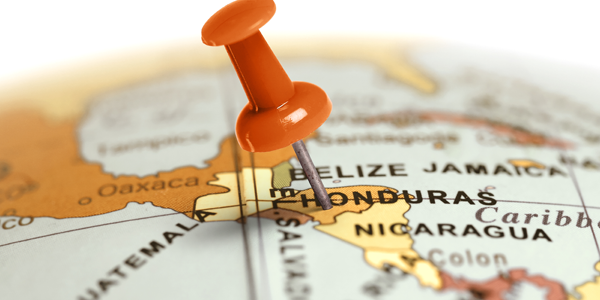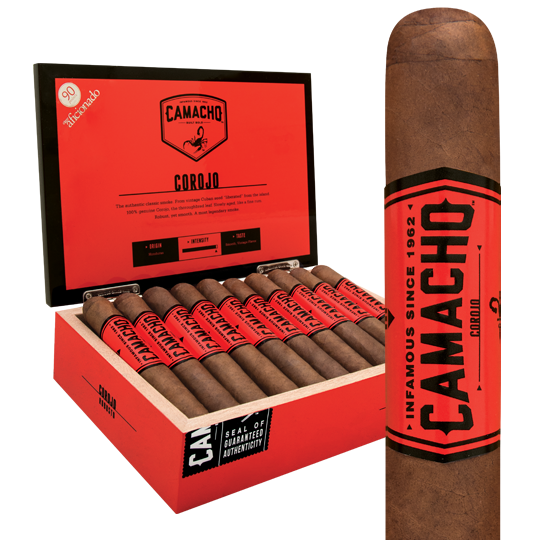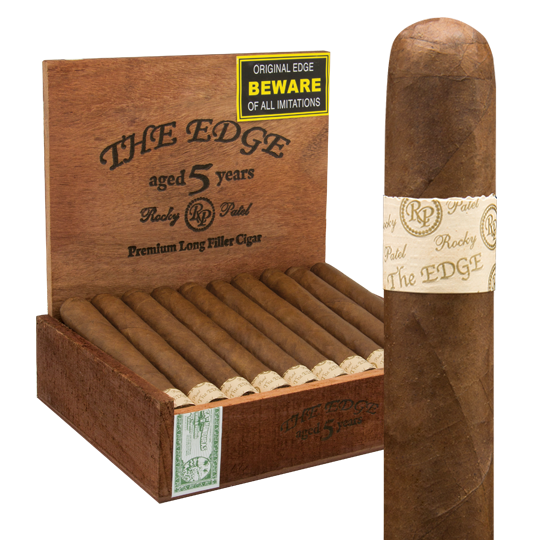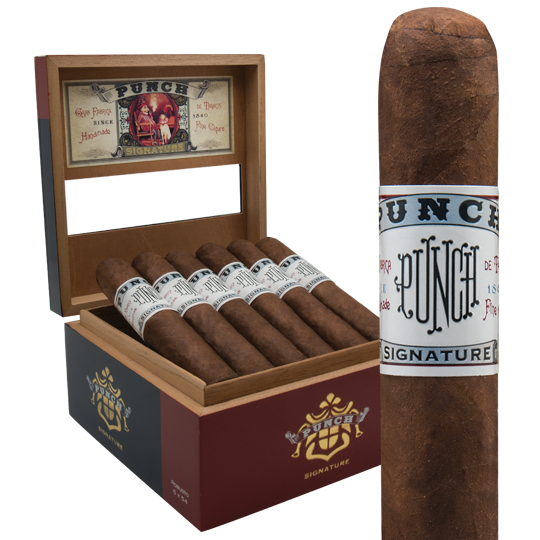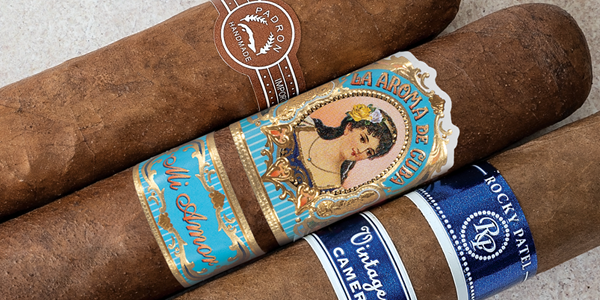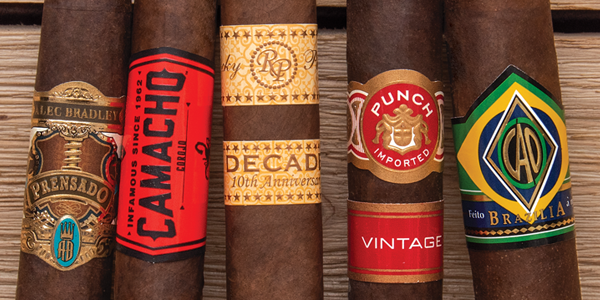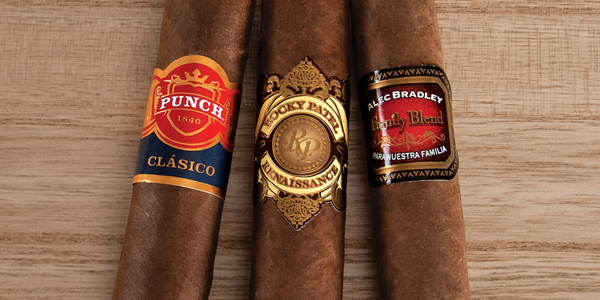Jamastran Valley
If you are smoking a cigar with a Corojo wrapper, it was likely grown in the Jamastran Valley of Honduras. Since its origins in Cuba, Corojo has been grown almost entirely in Jamastran, with some now being cultivated in Kentucky and some hybrids in several other countries.
What Is Jamastran?
Jamastran is a valley in southern Honduras, in the province of El Paraiso, very close to the Nicaragua border, where fine tobacco is grown. Jamastran is very close to Danlí, the principal cigar-making town in Honduras.
Why Jamastran?
After the Castro revolution and nationalization of Cuba’s cigar industry caused the island’s cigar-makers and tobacco growers to leave, they sought land with soil that could produce tobacco similar to that grown in Cuba. They were looking for the new Pinar del Rio, Cuba‘s principal tobacco-growing region. Among the terroir found to be favorable, the Jamastran Valley was near the top. Jamastran is quite close to Nicaragua’s Jalapa Valley, also a favorite of exiled Cuban cigar professionals. You’ll find distinctions and similarities between Honduran and Nicaraguan cigars.
Jamastran Tobacco
Honduras already had its own variety of wild tobacco, or Nicotiana, called Copaneco. After the Cuban revolution, however, Honduras became a destination for exiled cigar-makers and tobacco growers. There, primarily in the Jamastran Valley, they planted Cuban and Connecticut-seed varietals, ultimately making the valley the most important tobacco-producing region, for premium cigars, in Honduras. There are many similarities with Cuban-grown tobacco, including the full-bodied flavor traits of the Corojo. Today, Jamastran tobacco, in addition to Corojo, includes Connecticut Shade for wrapper, as well as Cuban-seed fillers grown in the sun.
Jamastran Cigars
If you favor Honduran cigars, you’re probably enjoying tobacco grown in Jamastran, especially, as mentioned, if the wrapper is Corojo. Among the better Jamastran cigars, I like the Camacho Corojo Toro, 6 x 50, $9. This is a full-bodied Honduran puro full of rich spices from the ample amounts of Ligero tobacco inside. Lots of earth, cayenne, and black pepper transition to a leathery finish.
The Rocky Patel Edge Torpedo Corojo, 6 x 52, about $7.50, is a full-bodied Honduran cigar with a blend of Nicaraguan fillers that deliver significant spice, with a kick of cedar from the Corojo wrapper.
A medium-full option with a Corojo wrapper is the Honduran Punch Signature Robusto, 5 x 54, about $8.50. The blend of Dominican and Nicaraguan fillers provides notes of caramel, beans, and leather. The finish is complex and spicy.
If you want to try a lighter cigar, wrapped with a Connecticut Shade leaf, try the Honduran Hoyo de Monterrey Excalibur, a staple of the cigar industry for countless years. Check out the Churchill, 6.75 x 47, about $9. The cigar is surprisingly rich, yielding wood flavors dotted with notes of earth, toast, and cream. These are very well-constructed and consistent cigars.

